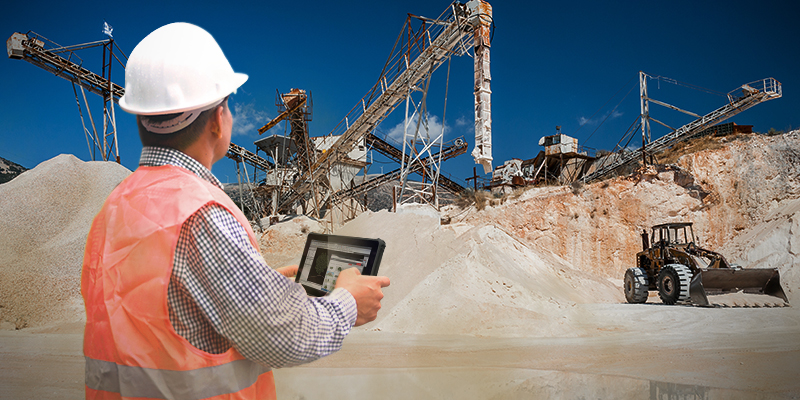
Digital twins in construction are becoming prevalent in the development and construction phases of a building because they show the project on a dynamic plane. It emphasizes the critical role that digital building information plays throughout a property’s life cycle– from the planning stages to the later stages of development as a workplace. To learn more of those constructed properties, you can visit the site.
Traditional point-and-shoot photography has been the preferred technique for capturing building sites for a long time. This approach is seen as ineffective and a nightmare to record, arrange and view. Costly mistakes can be made when important information is overlooked because of inadequate documentation.
Comprehensive, easy-to-capture, 3D digital twins allow construction professionals to collaborate more effectively and make better decisions, saving time and money. A camera integrated into a rugged tablet has now become one of the most valuable tools on a construction site. Photos are utilized as a marketing tool for potential clients as well as to document site conditions, track job progress, and ensure contract compliance. 3D digital twins have provided the construction industry with a new set of potent yet very user-friendly tools by eliminating the considerable limits of conventional photography.
Optimize processes and monitor job progress
With the use of digital twin software, project stakeholders may virtually tour a site from anywhere, providing a totally immersive viewing experience. The speed and effectiveness of capture, organization, and collaboration all significantly increase as a result. The process of gathering and organizing digital site images used to take hours. Even then, users frequently lacked context for the images. Now that everything is automated on the cloud, the 360-degree camera makes sure that no crucial information is overlooked.
Describe the workflow of a construction site
The procedure for creating 3D digital twins has been simplified into a few straightforward steps that practically anyone can follow with a camera-integrated tablet to record useful and practical documentation.
At the moment, digital twins create 3D virtual models of real-world objects by replicating them. 3D digital twins will soon become predictive because of rapidly advancing technology and the widespread use of digital technologies. Users will experience improved productivity, increased safety, and overall improved results as a result of this.
Minimize worker risk and pre-launching construction projects
Engineers would be able to stop particular life-threatening outcomes from occurring because of the newly generated simulation’s direct connection to the workflow and organizational structure of the workplace using a digital twin. For instance, a virtual twin of recently erected scaffolding would keep an eye on every metal component, quantify their most crucial stress points, and indicate to developers where the greatest amount of stress is occurring. This wouldn’t just be useful for workers to see which screw is loose in a door handle – a digital twin is capable of saving lives in the real world by utilizing a virtual one.
Digital twins are created by gathering and combining real-world information about the building or structure using technologies such as 3D laser scanners, drones, sensors, cameras, and other IoT-related devices. When supported by IoT and AI, a digital twin is able to learn from multiple sources and automatically update to reflect adjustments made to its real-world counterpart.
Digital twins can be accessed through rugged tablets integrated with specialized software for construction projects. Using rugged devices like rugged tablets or convertible laptops gives project stakeholders a centralized, single source of information for digital twin storage and sharing.
Rugged tablets are designed and manufactured for the job site, they are lightweight enough to be carried by hand throughout the day, while also having the capability to be mounted in a work truck, turning a vehicle into a mobile office.

